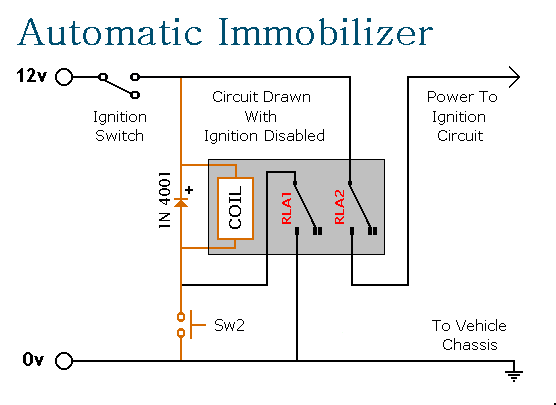
Light Alarm

This is a simple photo-sensing circuit. When light hits the photo-transistor, it triggers the 4011, which drives a loudspeaker. It is easy to make and can be very useful as well.
The described photo-sensing circuit utilizes a photo-transistor as the primary sensing element. When ambient light illuminates the photo-transistor, it generates a change in its conductivity. This change is detected by the 4011 NAND gate IC, which is configured to act as a signal amplifier and logic gate. The output of the 4011 is connected to a loudspeaker, allowing the circuit to produce sound in response to light exposure.
To construct the circuit, the following components are necessary: a photo-transistor, a 4011 NAND gate IC, a resistor for biasing the photo-transistor, and a loudspeaker. The photo-transistor should be oriented to receive light efficiently, and its collector-emitter junction can be connected to the input of the 4011. The resistor ensures that the photo-transistor operates within its optimal range, providing sufficient current to trigger the NAND gate when light is detected.
The 4011 NAND gate can be configured in such a way that it provides a low output when light is detected, which can be inverted if necessary to drive the loudspeaker directly or through a transistor for increased current handling. The loudspeaker will emit sound as a result of the output signal from the NAND gate, effectively creating an audio response to light.
This circuit is not only straightforward to assemble but also serves practical applications, such as light-activated alarms or sound-generating devices that respond to environmental changes.This is a simple Photo-sensing circuit. When light hits the photo-transistor, triggers the 4011 that drives a loudspeaker. Easy to make and can be very usefull too.
The described photo-sensing circuit utilizes a photo-transistor as the primary sensing element. When ambient light illuminates the photo-transistor, it generates a change in its conductivity. This change is detected by the 4011 NAND gate IC, which is configured to act as a signal amplifier and logic gate. The output of the 4011 is connected to a loudspeaker, allowing the circuit to produce sound in response to light exposure.
To construct the circuit, the following components are necessary: a photo-transistor, a 4011 NAND gate IC, a resistor for biasing the photo-transistor, and a loudspeaker. The photo-transistor should be oriented to receive light efficiently, and its collector-emitter junction can be connected to the input of the 4011. The resistor ensures that the photo-transistor operates within its optimal range, providing sufficient current to trigger the NAND gate when light is detected.
The 4011 NAND gate can be configured in such a way that it provides a low output when light is detected, which can be inverted if necessary to drive the loudspeaker directly or through a transistor for increased current handling. The loudspeaker will emit sound as a result of the output signal from the NAND gate, effectively creating an audio response to light.
This circuit is not only straightforward to assemble but also serves practical applications, such as light-activated alarms or sound-generating devices that respond to environmental changes.This is a simple Photo-sensing circuit. When light hits the photo-transistor, triggers the 4011 that drives a loudspeaker. Easy to make and can be very usefull too.





